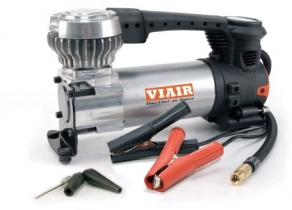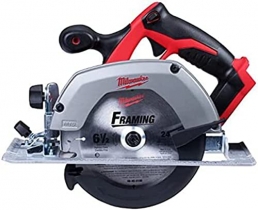-
Welcome to Tacoma World!
You are currently viewing as a guest! To get full-access, you need to register for a FREE account.
As a registered member, you’ll be able to:- Participate in all Tacoma discussion topics
- Communicate privately with other Tacoma owners from around the world
- Post your own photos in our Members Gallery
- Access all special features of the site
How does 4x4 work?
Discussion in '2nd Gen. Tacomas (2005-2015)' started by tacoholic, Apr 9, 2009.
Page 1 of 3
Page 1 of 3


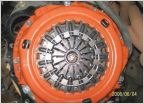 Anybody here replace their clutch or throw out bearing yet?
Anybody here replace their clutch or throw out bearing yet?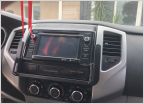 Amazon IPad Mount For Tacoma 2nd Gen
Amazon IPad Mount For Tacoma 2nd Gen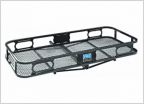 Anyone have a hitch cargo carrier?
Anyone have a hitch cargo carrier?











